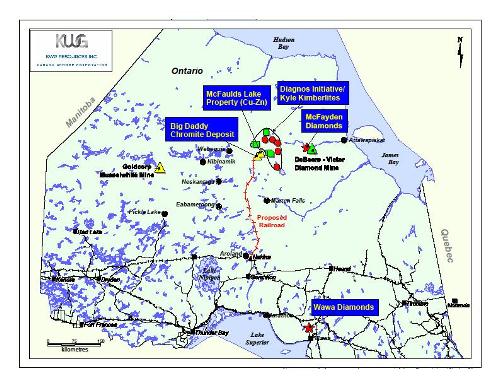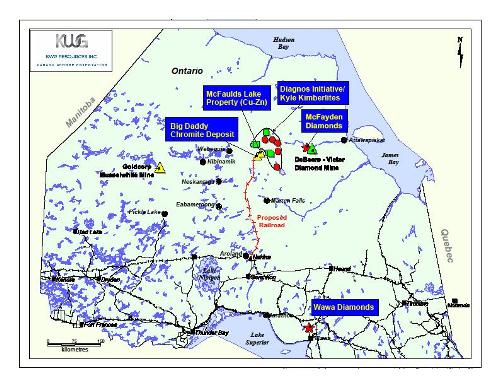This article originally appeared in the Fall/Winter 2010 issue of the Ontario Prospector which is published by the Ontario Prospectors Association.
For an extensive list of articles on this mineral discovery, please go to: Ontario’s Ring of Fire Mineral Discovery
“There is no doubt that the Ring of Fire brings both enormous promise as well as enormous challenges for all. The enormity of the discoveries within the Ring of Fire could bring multi-generational community benefits if the regulatory roadmap is clear, if enabling mechanisms for community participation and partnership are created by government, and if industry brings their best practices forward.” – Mike Fox, Co-Chair of the PDAC Aboriginal Affairs Committee and President of Boreal Prospectors Association
On April 8, 2010, about 150 hungry people gathered at the Valhalla Inn in Thunder Bay to share a meal and explore opportunities at The Far North Feast. The venue was Thunder Bay, chosen because of its proximity to the Ring of Fire, a massive mineral deposit offering both benefits and challenges to exploration and mining companies, government at all levels, environmental agencies and, most crucially in the long-term, First Nations citizens in the vicinity.
Chairman of this year’s feast was Mike Fox, coincidentally both president of the Boreal Prospectors Association and co-chair of the Aboriginal Affairs Committee for the Prospectors & Developers Association of Canada (PDAC). He explains the purpose of the feast: “The overall intention is to highlight opportunities for progress and collaboration… Our aim is to show that the players are collaborating with the community, the province and its ministry, creating an enabling environment for others in the future.”
Recognising just how diverse and complex the situation is, the Ministry of Northern Development, Mines and Forestry has established a new position of Excutive Lead, Ring of Fire Secretariat to develop the strategic vision and framework to facilitate the successful development of the Ring of Fire initiative and partner with other ministries to develop creative solutions that meet the interests of northern Ontarians, Aboriginal communities and the mining industry, while achieving government business objectives.
























 This article originally appeared in the Fall/Winter 2010 issue of the Ontario Prospector which is published by the
This article originally appeared in the Fall/Winter 2010 issue of the Ontario Prospector which is published by the